The Vajont Dam
Friday, 25th September 2009 by RobK
High up in the Italian Dolomite mountains, 90km north of Venice, the Vajont Dam was the scene of one of the 20th century's worst engineering disasters. The tallest dam in the world when it was completed in 1959, at 262m, it was beset with problems from the beginning. On October 9, 1963, before it had even been completely filled, an enormous landslide (the 2km-long scar of which can still be clearly seen) sent 260 million cubic metres of mountainside into the lake behind the dam, causing a wave of water 250 metres high to spill over into the valley below.
The giant wave completely destroyed five villages, killing almost 2,000 people, maybe even more. Strangely, the dam itself was relatively undamaged and still stands today, with the upstream face largely buried beneath the landslide. Although the communities (the largest of which was Longarone) have been rebuilt, they are very different places than before the disaster. Many of the survivors were relocated to a newly built town 35km away, also called Vajont1, and the valley is now home to many more industries. Apparently this has been a source of controversy in the area: the victims were offered tax breaks by the government to help them rebuild their lives, but many of these privileges ended up being bought from them by large corporations.
Not long after the disaster, it became clear that it had been avoidable. During construction of the dam, cracks and movement of the mountainside were noticed on several occasions, and the owners (the electricity firm SADE) were warned that the geology of the site was unstable. Still they went ahead with filling the lake, even after a smaller landslip occurred, three years before the fatal collapse, which required an artificial gallery to be built before filling could continue. Despite all that emerged, it seems that the firm escaped with fairly minor punishment.
There is lots more information and pictures of the dam as it looks today on this site, and, as ever, at Wikipedia.
Thanks to Andrea Barbarino.
-
Perhaps we're missing something, but doesn't it seem rather insensitive to name the town after the dam that destroyed its inhabitants' former homes? ↩︎
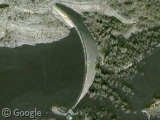
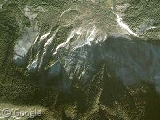
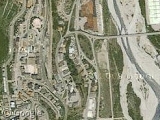
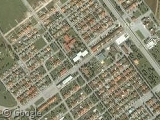
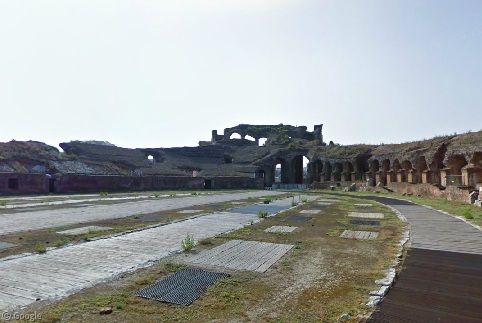
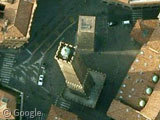
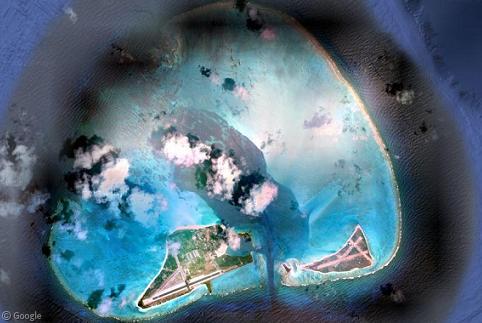
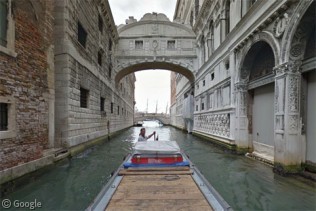
When do you start posting interesting stuff again?
guess what interesting means… something in the US only?
Give him a break, I found it interesting.
If you don’t find a 250 m wave that wipes out 2000 lives interesting …. I think you should seek help. I find it amazing that I had never heard about this before … especially as it’s not THAT long ago.
Just imagine what would have happened if the dam itself collapsed… luckily the dam on its own was (and still is!) a wonderful piece of engineering; it was just built in the wrong place 🙁
Hello there.. The “Vajont dam disaster” was (and IS) a fascist legacy, a neverending – and counting – “white-collar Mafia affair”.
Next ones: Itoiz and Yesa basins (Spain) and the largest Iraqi basin, the “Saddam Dam”, 25 miles north of Mosul. Bye.
Do you wanna some videos on this manslaughter? Take a look here around:
And in my channel. Or here: http://www.youtube.com/vajont1963 Bye
“guess what interesting means… something in the US only?”
wow guys, please stop blaming the entire country for the stupid remarks of one person with a narrow view. I live in california, and i thought this was an incredibly interesting story.